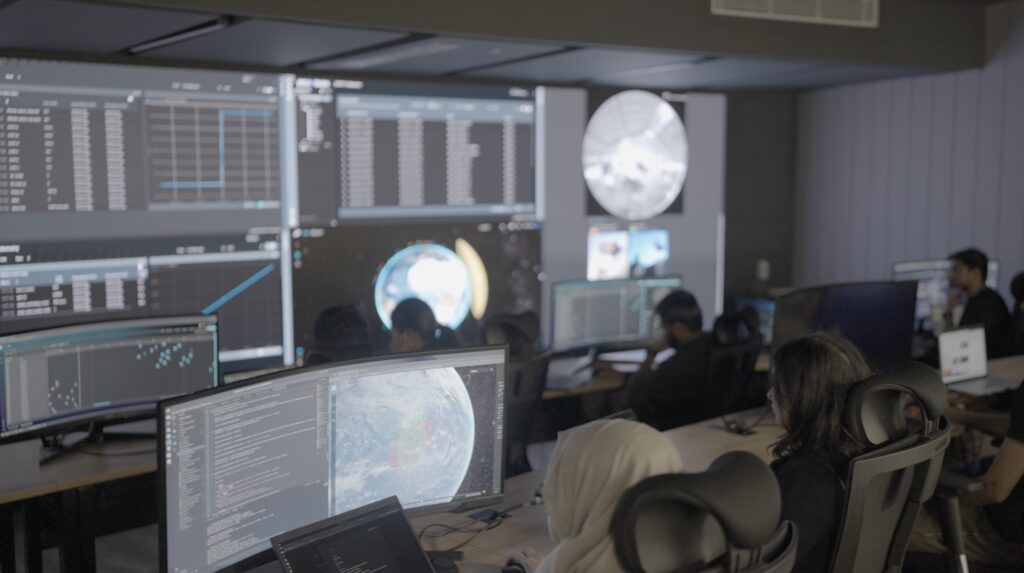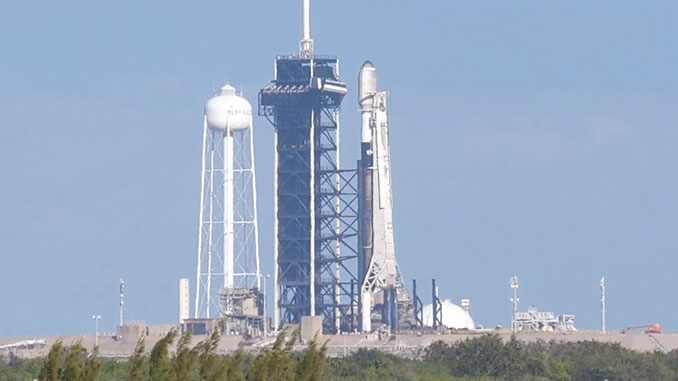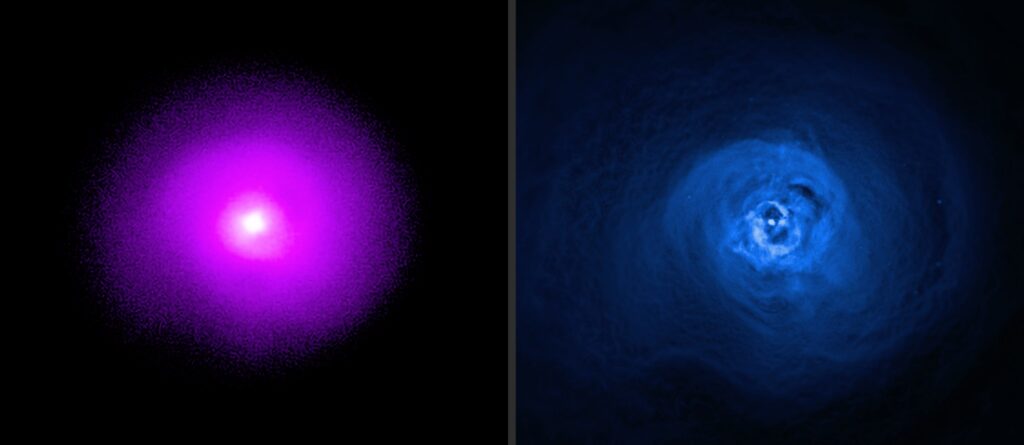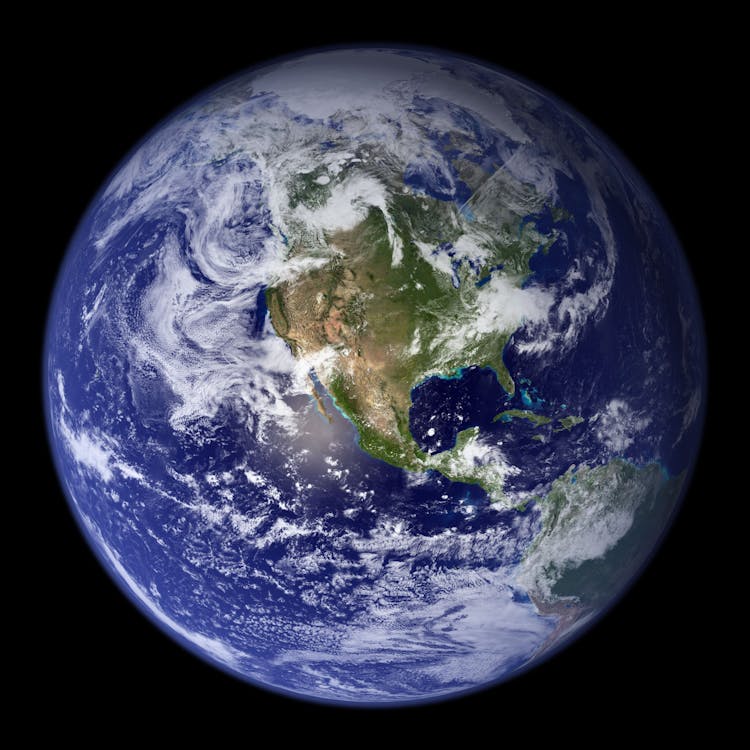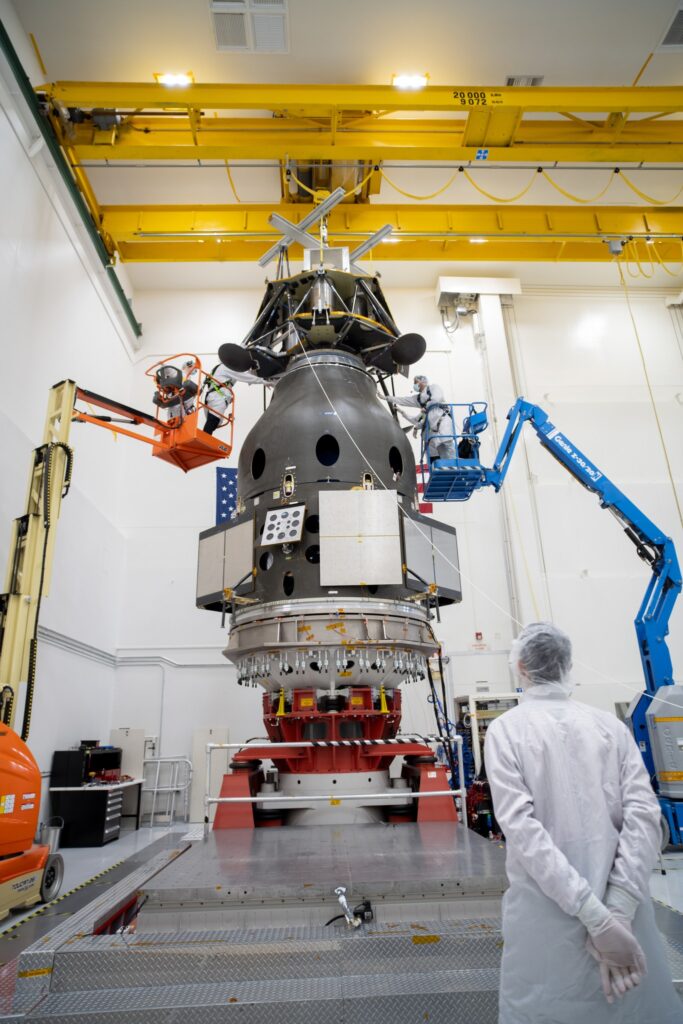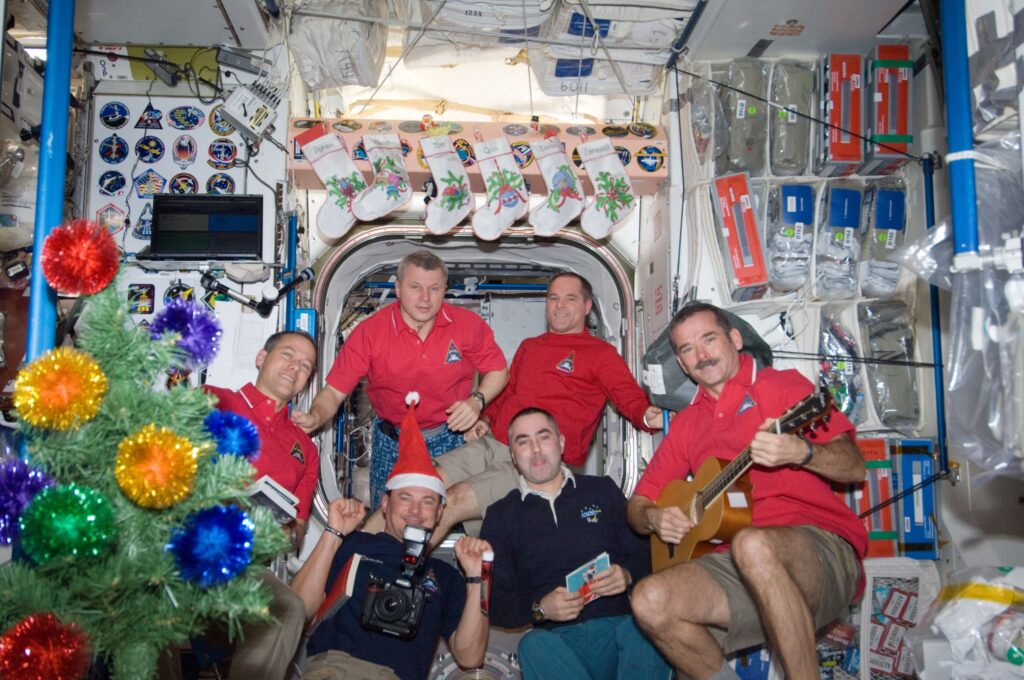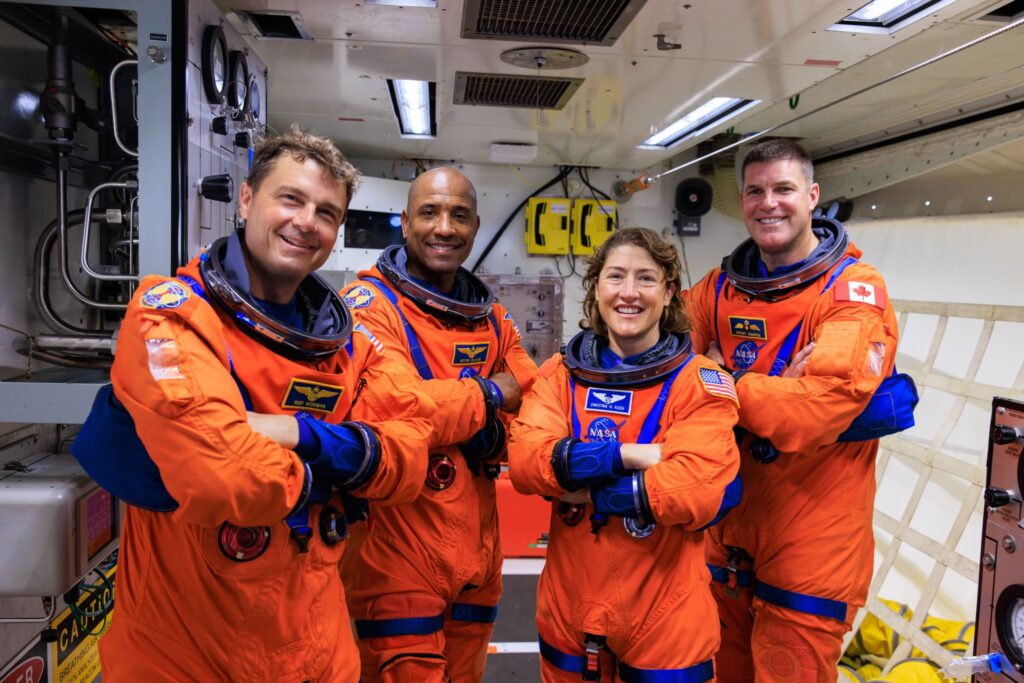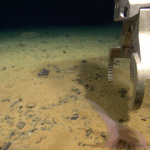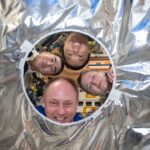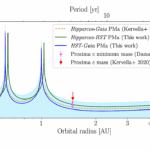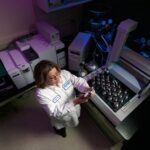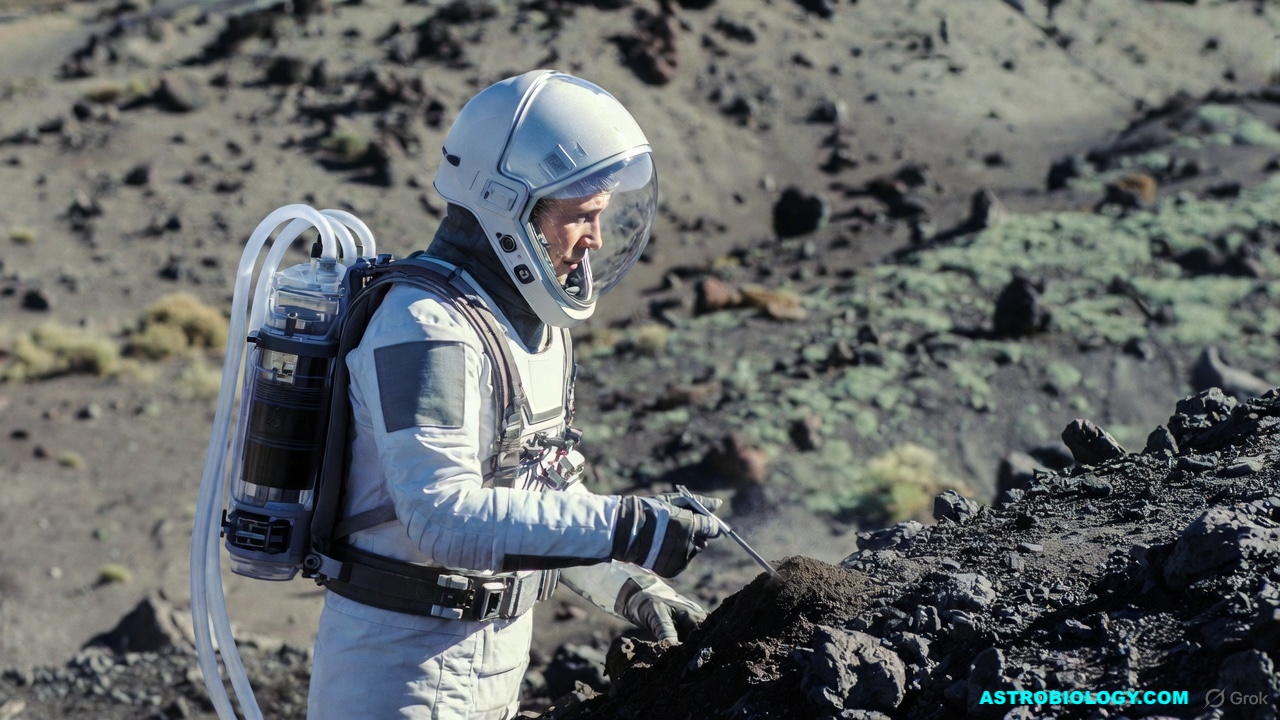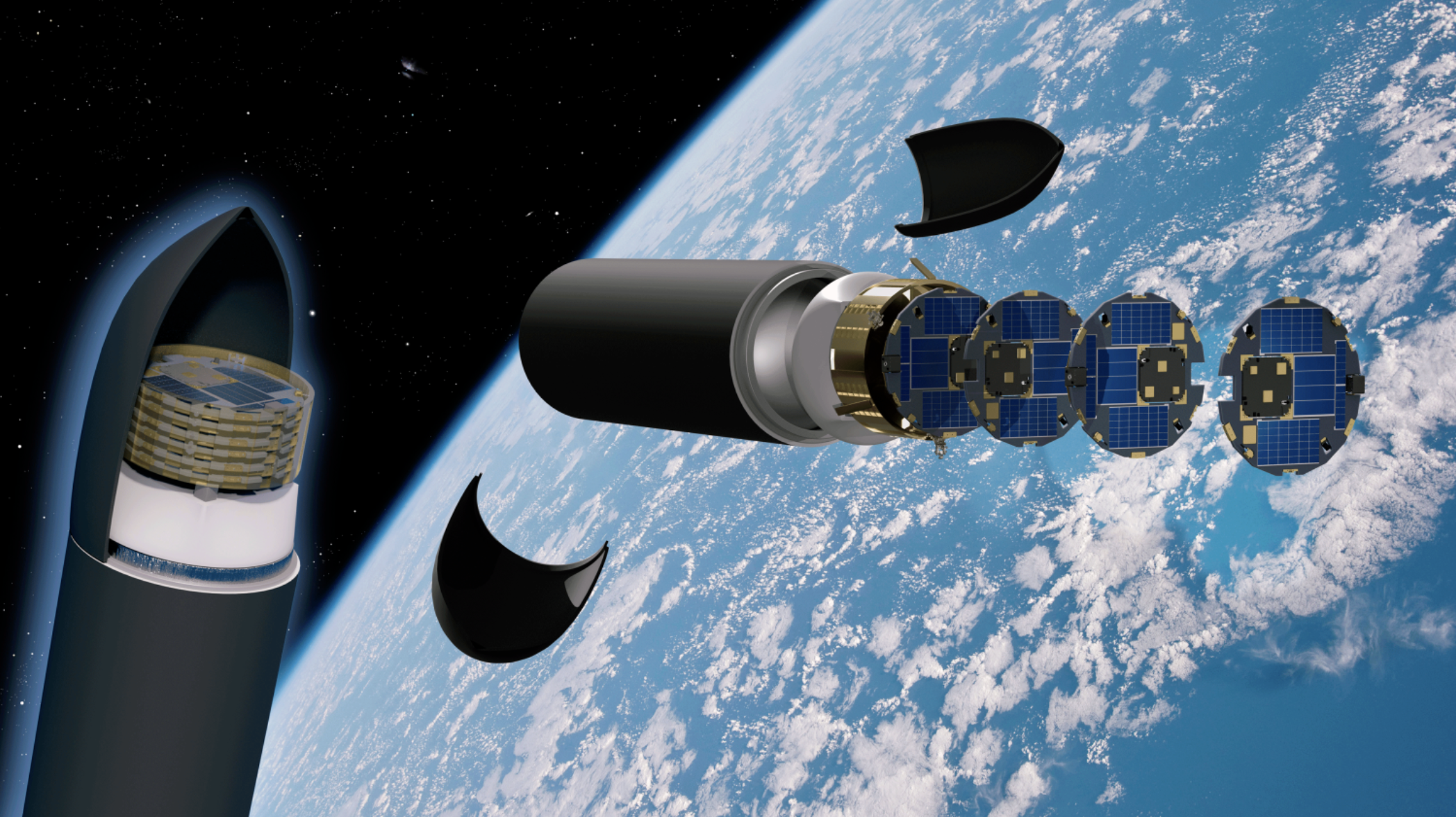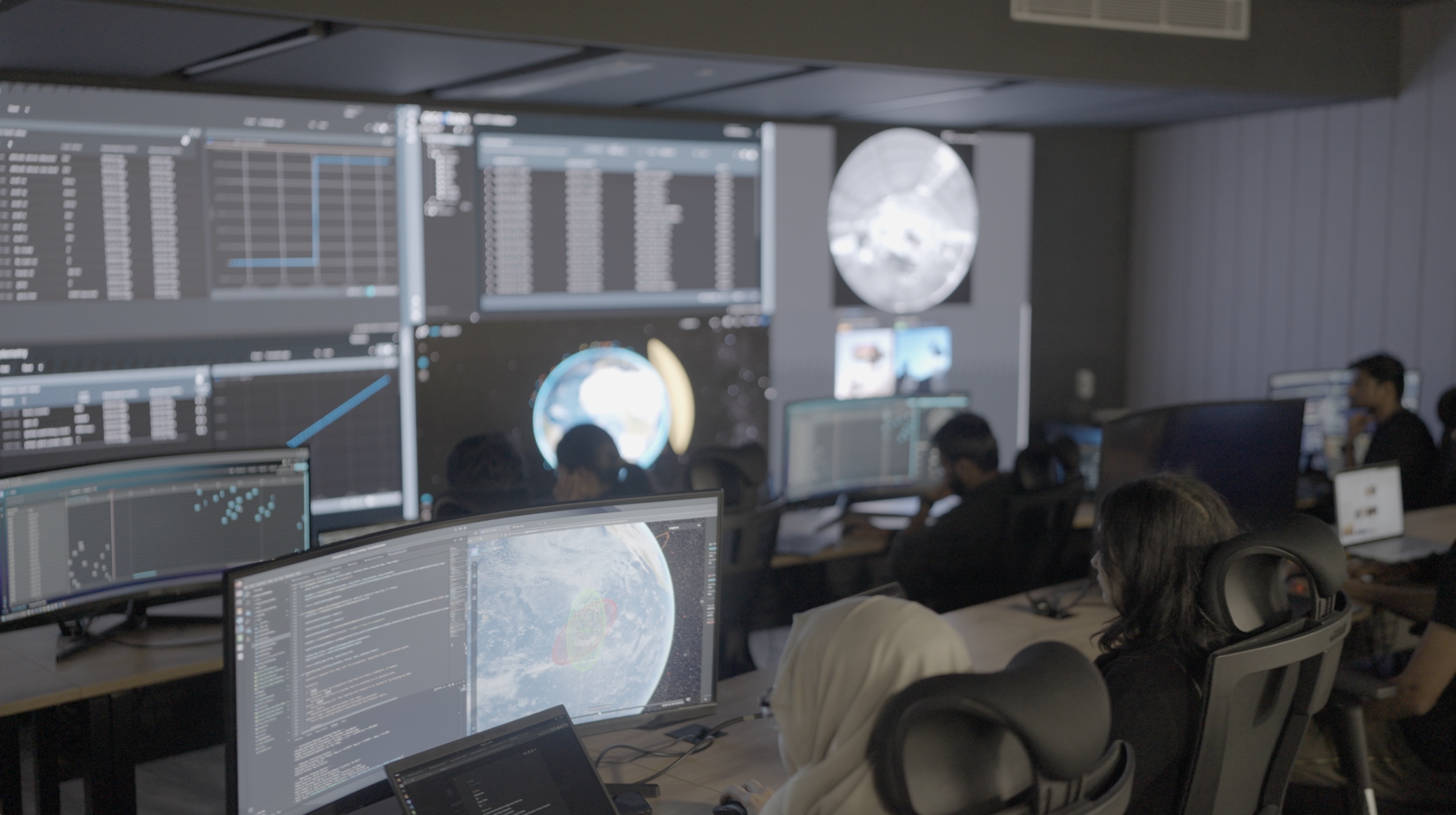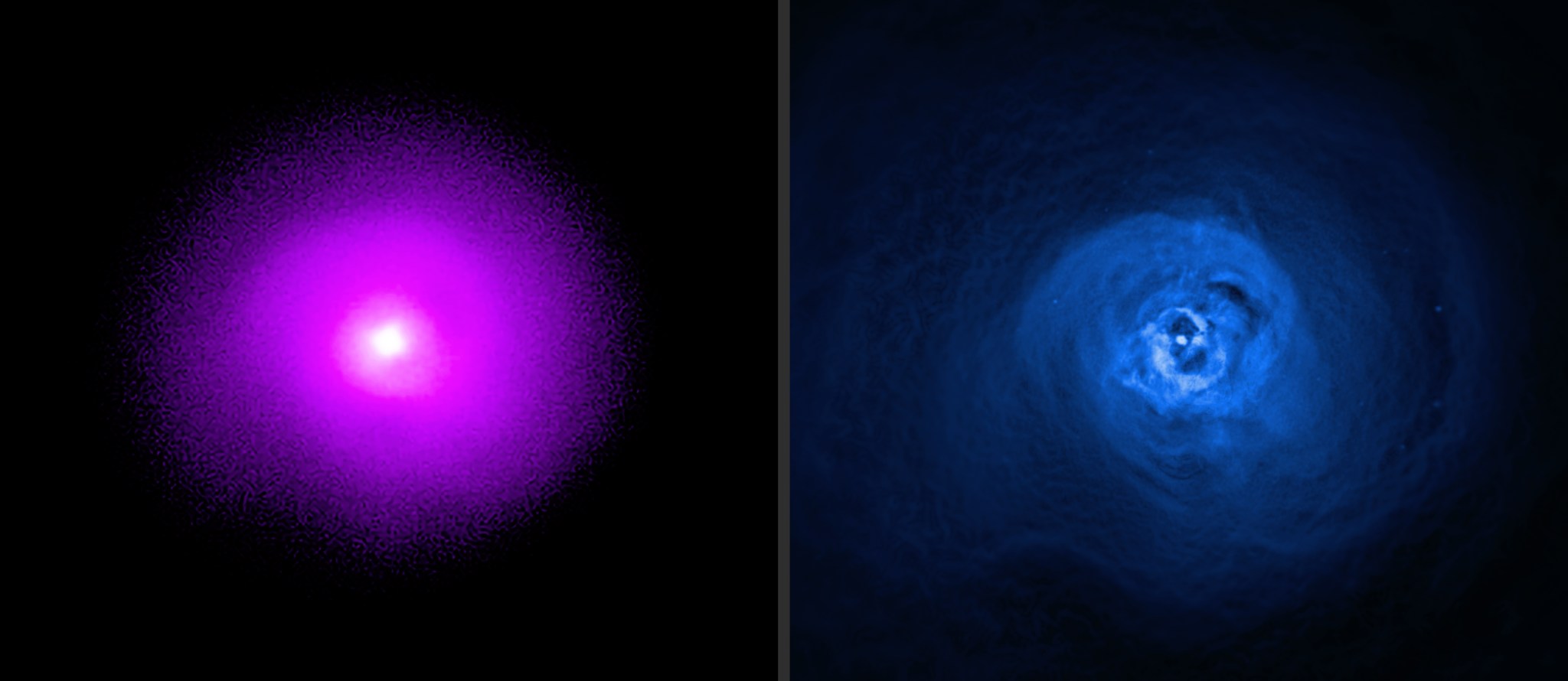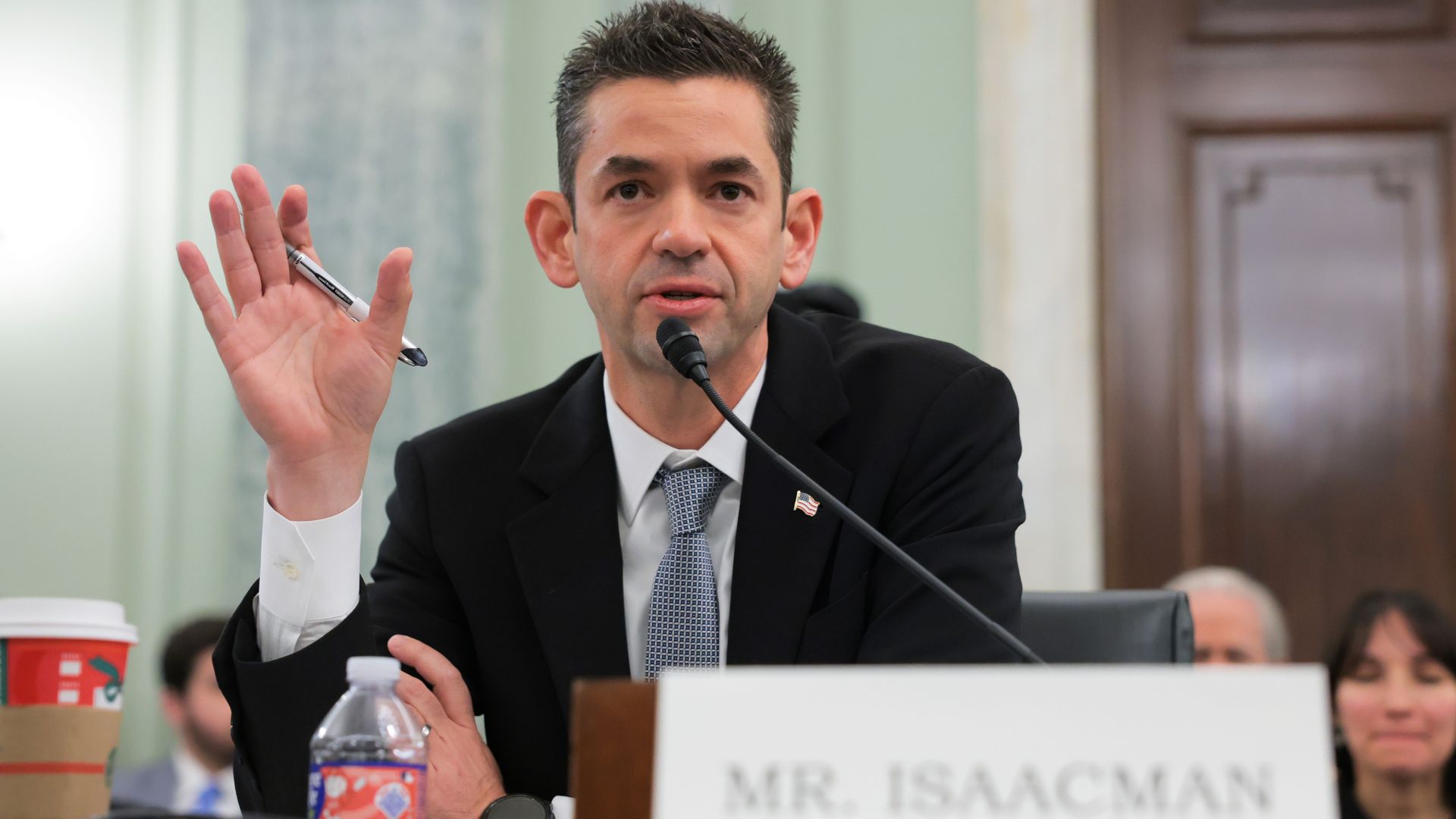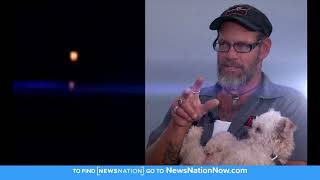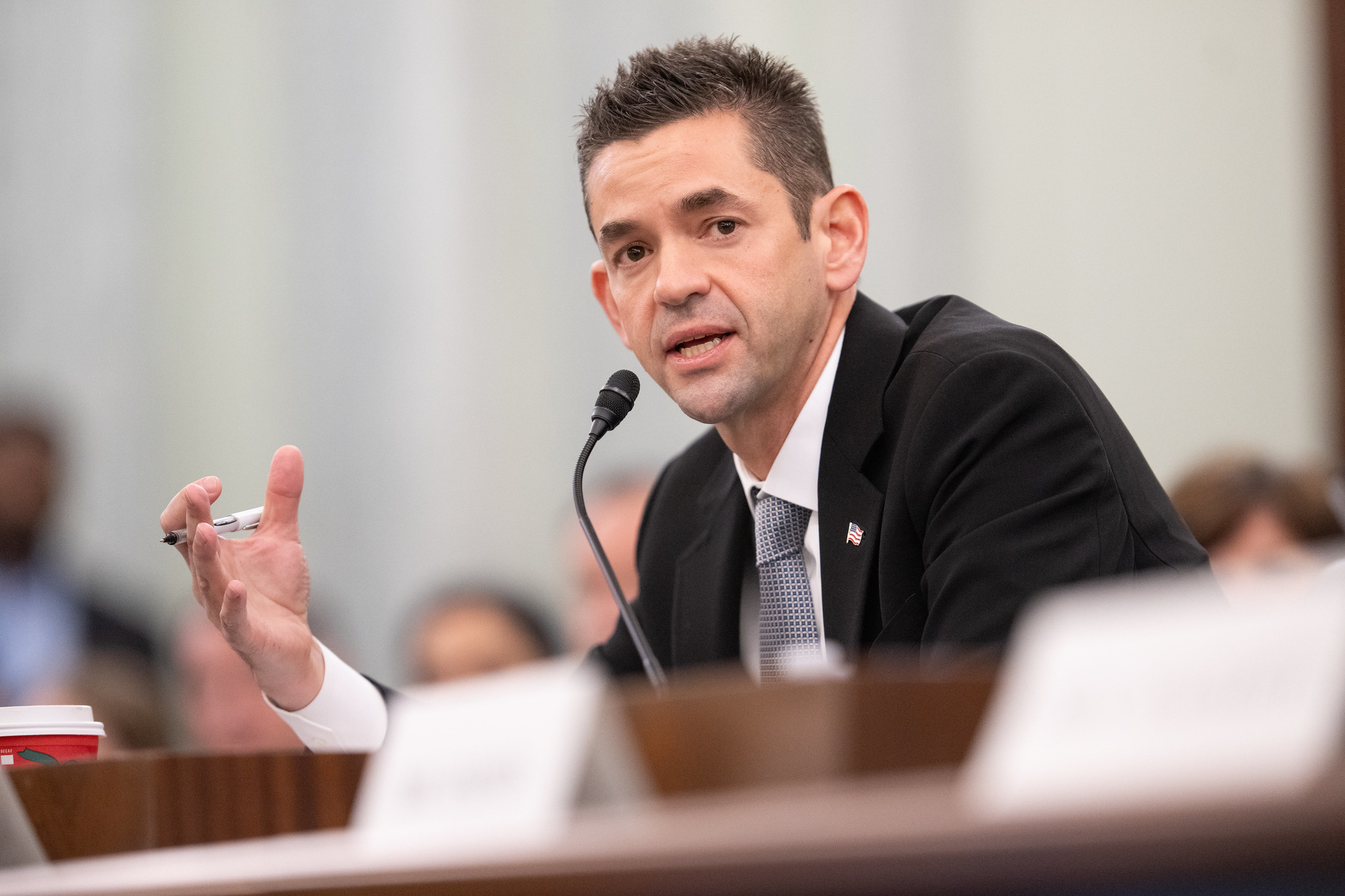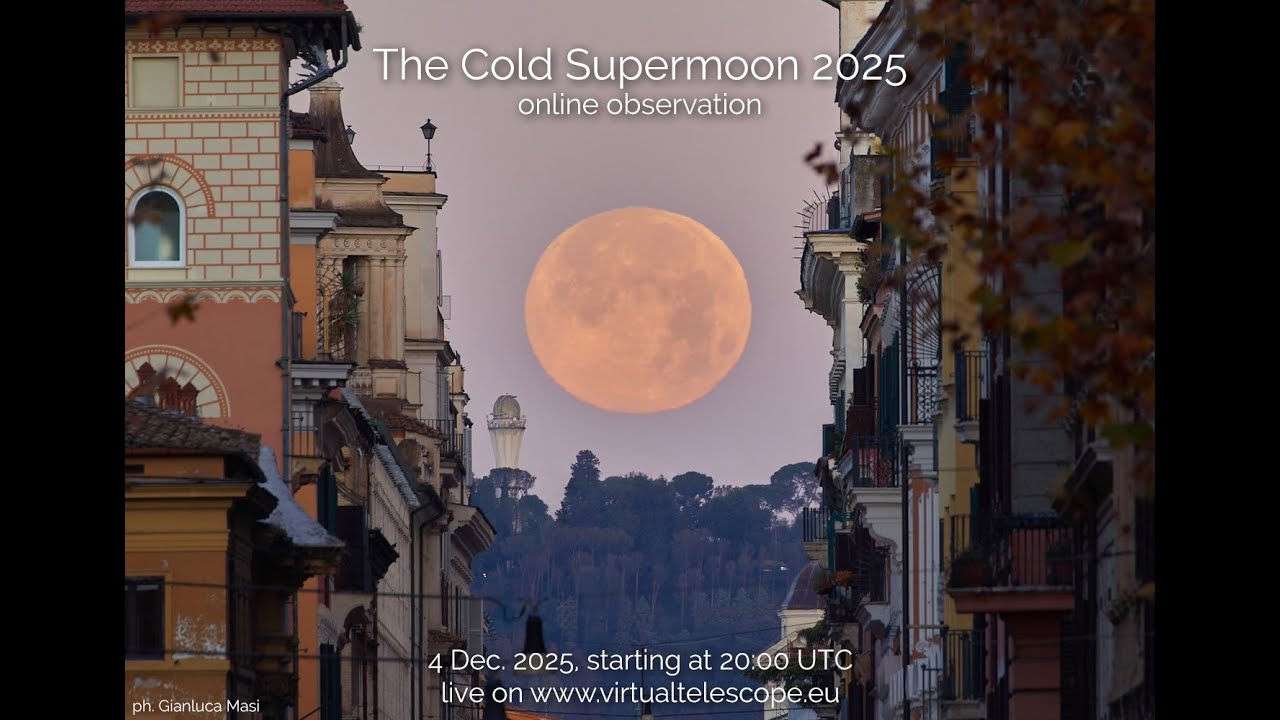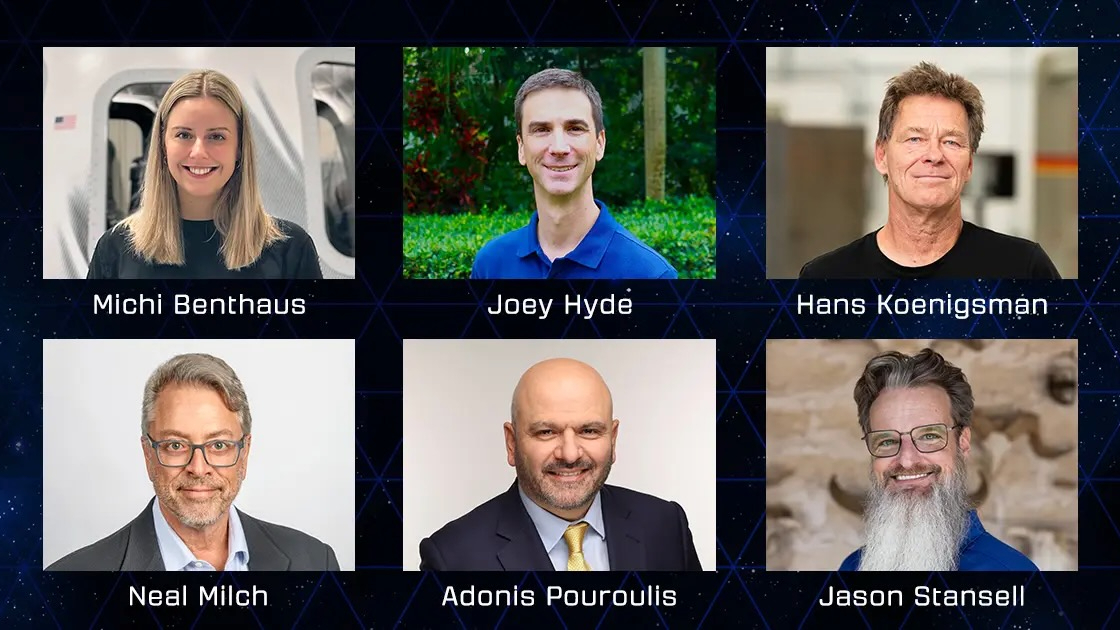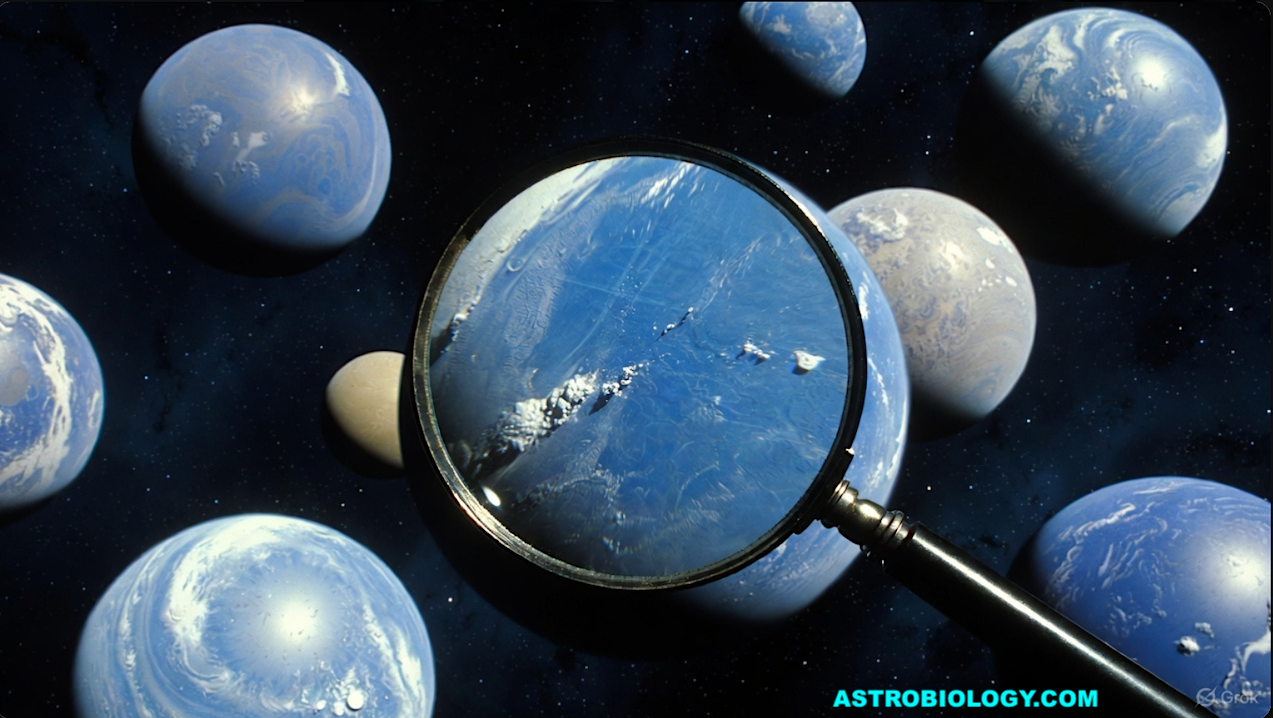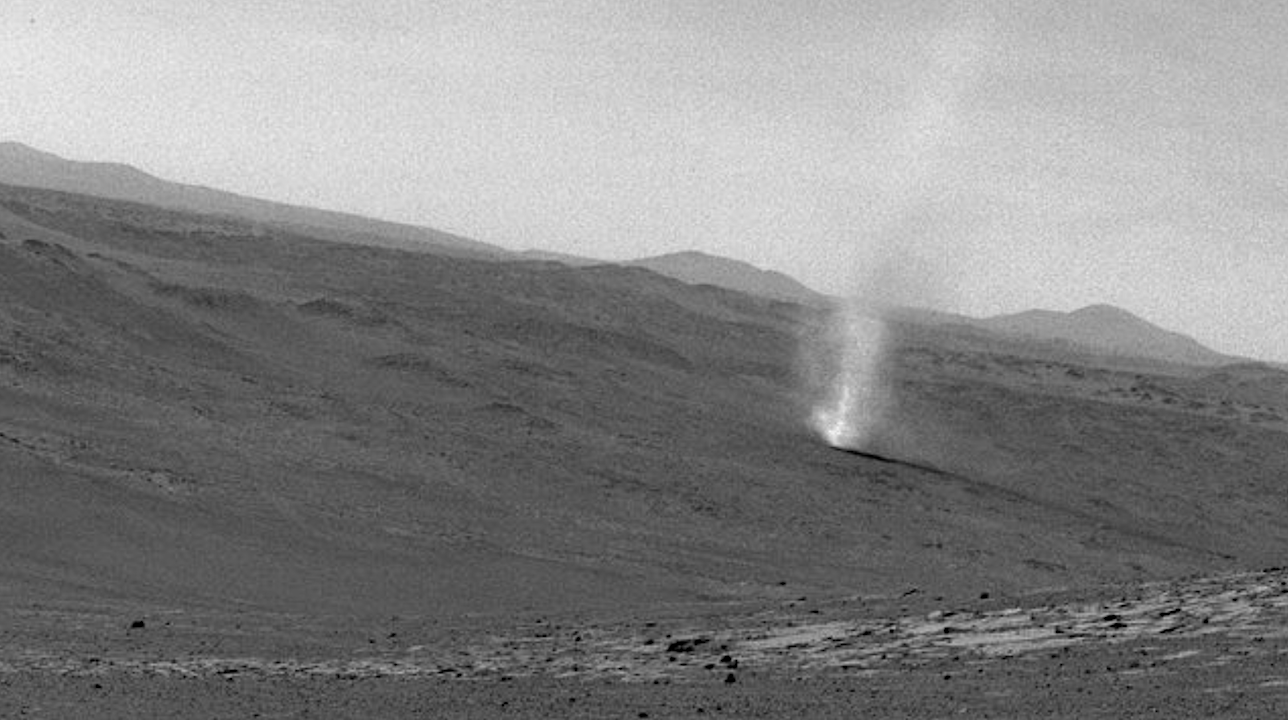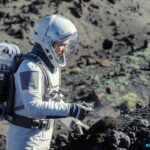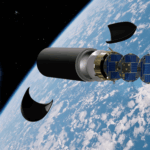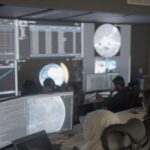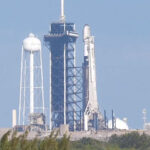Billionaire private astronaut Jared Isaacman just finished his second at-bat in his bid for NASA chief. Isaacman spoke Wednesday (Dec. 3) before the U.S. Senate’s Committee on Commerce, Science and
NewsNation will present a new special entitled “Reality Check with Ross Coulthart: Underwater UFOs” on Saturday, December 6th at 8 p.m. ET. Hosted by special correspondent and investigative journalist Ross Coulthart, the one-hour
NewsNation will present a new special entitled “Reality Check with Ross Coulthart: Underwater UFOs” on Saturday, December 6th at 8 p.m. ET. Hosted by special correspondent and investigative journalist Ross Coulthart, the one-hour
WASHINGTON — Leaders of the Senate Commerce Committee said they hope to swiftly confirm Jared Isaacman as NASA administrator during a hearing where he delivered a “message of urgency” about
Don’t miss the final full moon of 2025, when the “Cold Moon” takes to the autumn sky at sunset on Dec. 5. Here’s how to watch the lunar spectacle unfold
Michi Benthaus is about to make history. Benthaus, an aerospace engineer at the European Space Agency, is one of the six passengers on Blue Origin‘s next space tourism launch, the
WASHINGTON — The Missile Defense Agency said its selection of more than 1,000 companies for a new contracting vehicle should not be read as an early indicator of requirements for
A First Order Filter For The Detection of Potentially Habitable Exoplanets — Grok via Astrobiology.com The search for potentially habitable exoplanets is a primary objective in modern astrophysics, yet the
Perseverance confirmed a long-suspected phenomenon in which electrical discharges and their associated shock waves can be born within Red Planet mini-twisters. — NASA NASA’s Perseverance Mars rover has recorded the
Complex Life Developed Earlier Than Previously Thought The research led by the University of Bristol was published in the scientific journal Nature 3 December, the research indicates that complex organisms
-
 012024 in Review: Highlights from NASA in Silicon Valley
012024 in Review: Highlights from NASA in Silicon Valley -
 02Panasonic Leica Summilux DG 15mm f/1.7 ASPH review
02Panasonic Leica Summilux DG 15mm f/1.7 ASPH review -
 03From Polymerization-Enabled Folding and Assembly to Chemical Evolution: Key Processes for Emergence of Functional Polymers in the Origin of Life
03From Polymerization-Enabled Folding and Assembly to Chemical Evolution: Key Processes for Emergence of Functional Polymers in the Origin of Life -
 04How New NASA, India Earth Satellite NISAR Will See Earth
04How New NASA, India Earth Satellite NISAR Will See Earth -
 05And Thus Begins A New Year For Life On Earth
05And Thus Begins A New Year For Life On Earth -
 06Astronomy Activation Ambassadors: A New Era
06Astronomy Activation Ambassadors: A New Era -
07SpaceX launch surge helps set new global launch record in 2024



